Tsunami-Lab
An educational platform for tsunamis based on interactive real time GPU numerical simulations in the web browser
Presented by José Galaz
http://tsunamilab.inria.cl
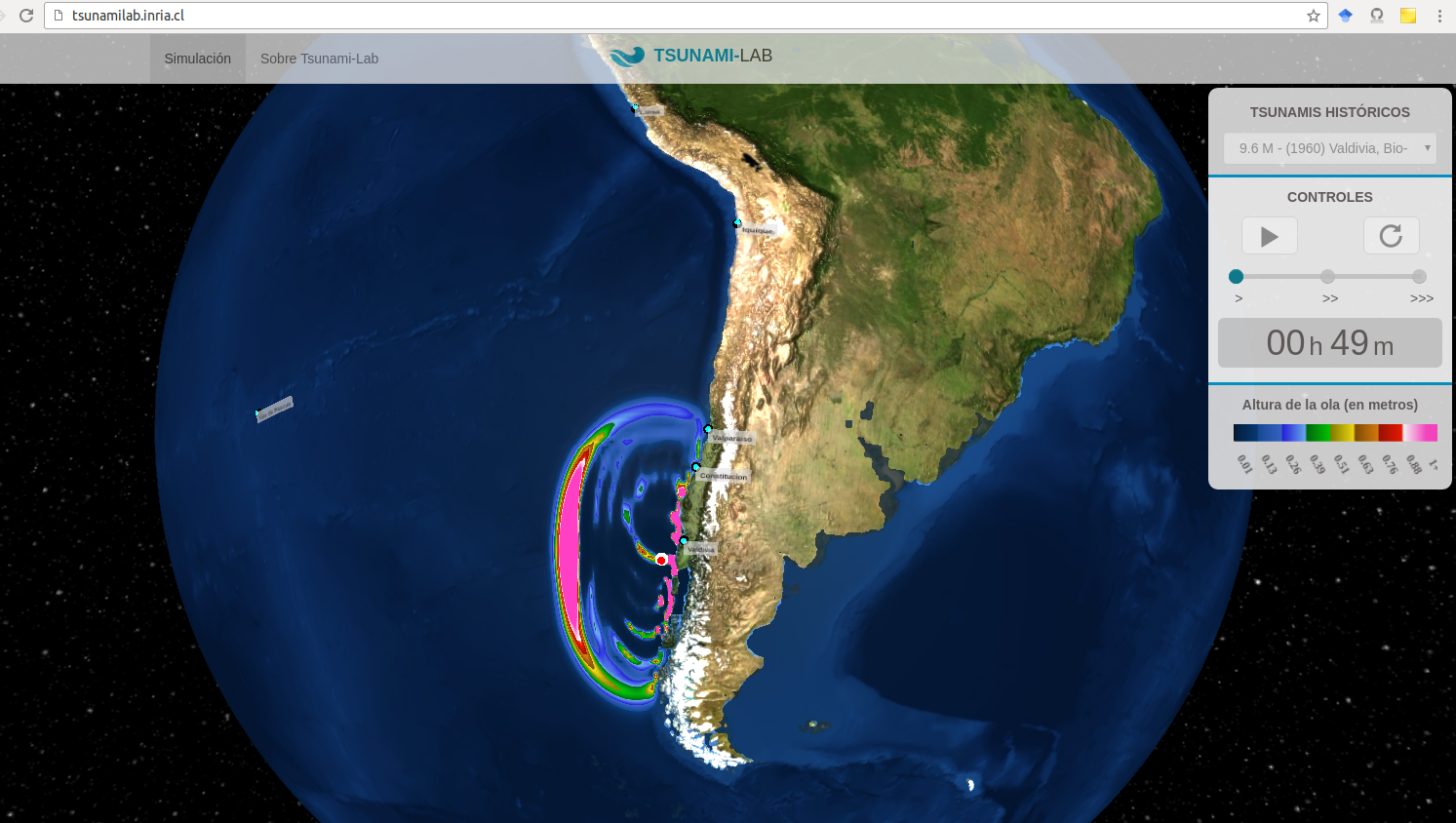
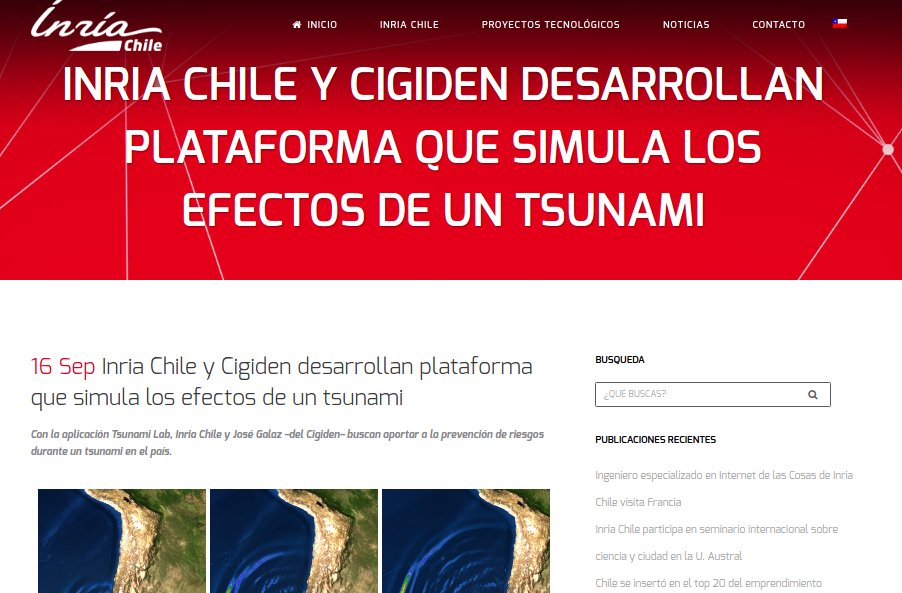

Motivation
Drawbacks of tsunami numerical simulations
- Time consuming:
- Setup - Simulation - Visualization
- Hard to implement/install
- High cost of supercomputers

Tsunamis and education
- Education is important for mitigation
- Lab scaled experiments are of limited access and limited interactivity.
- Online material offers little to no interactivity to the user
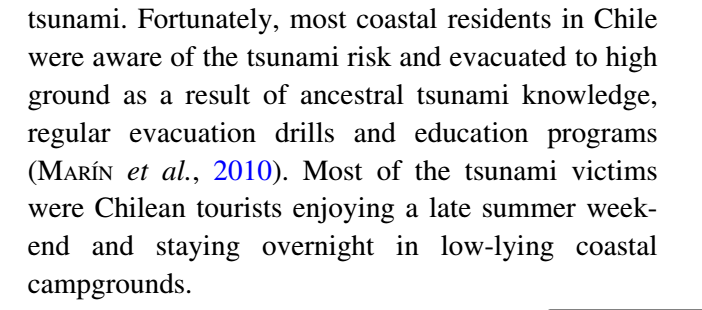
(Fritz et al. 2011)
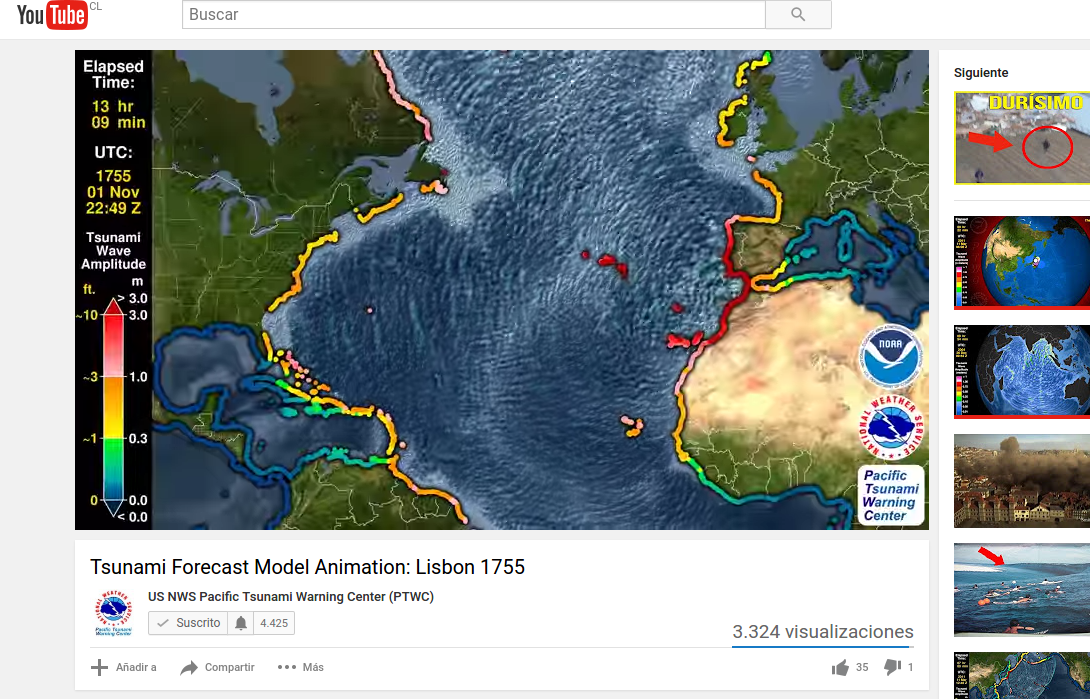
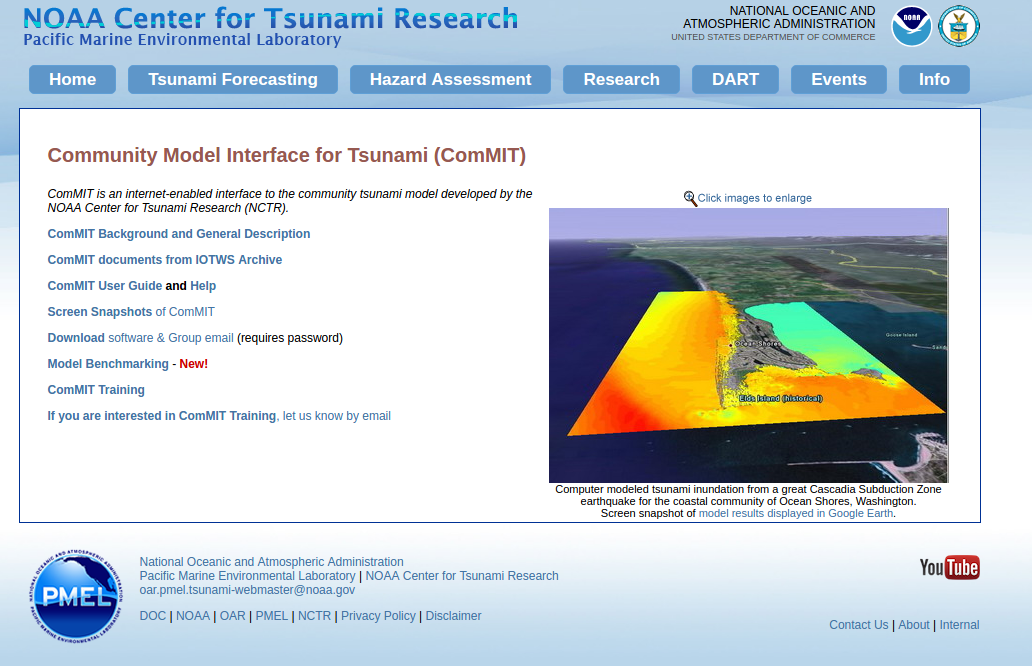
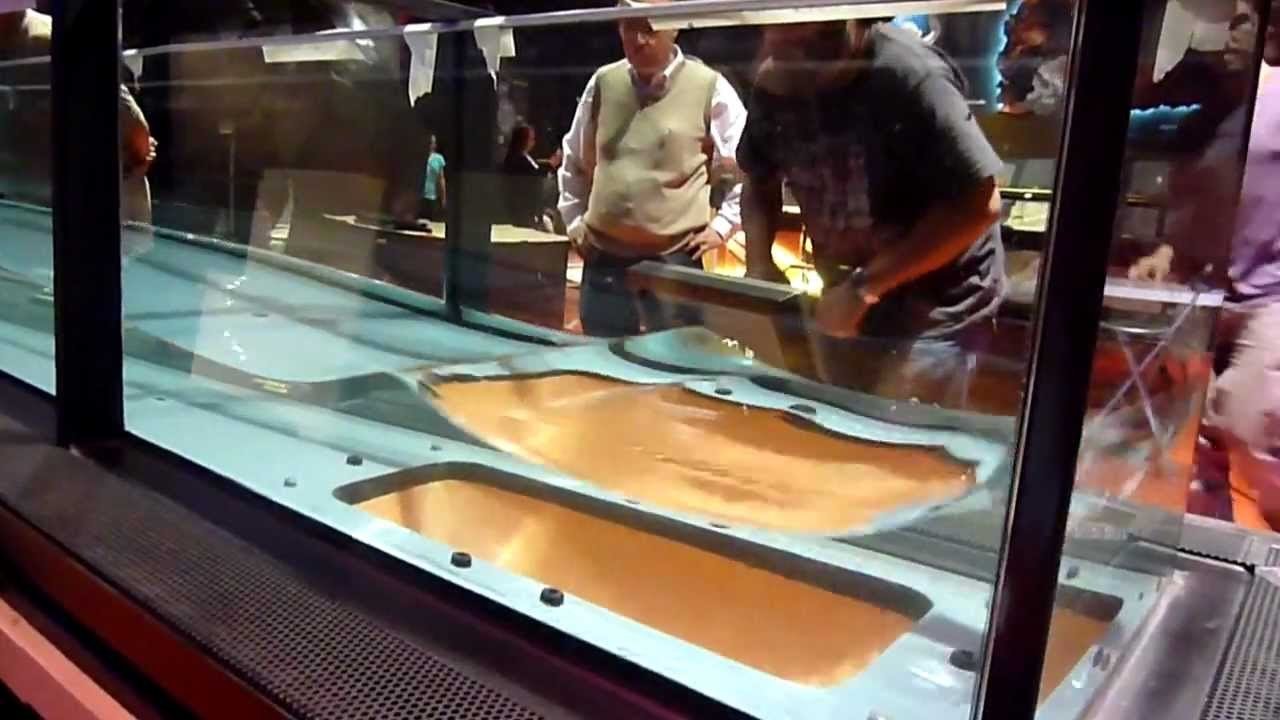
Tsunami-Lab

<Nov. 2015
January
August
November
February
2016
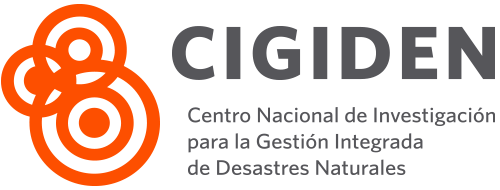

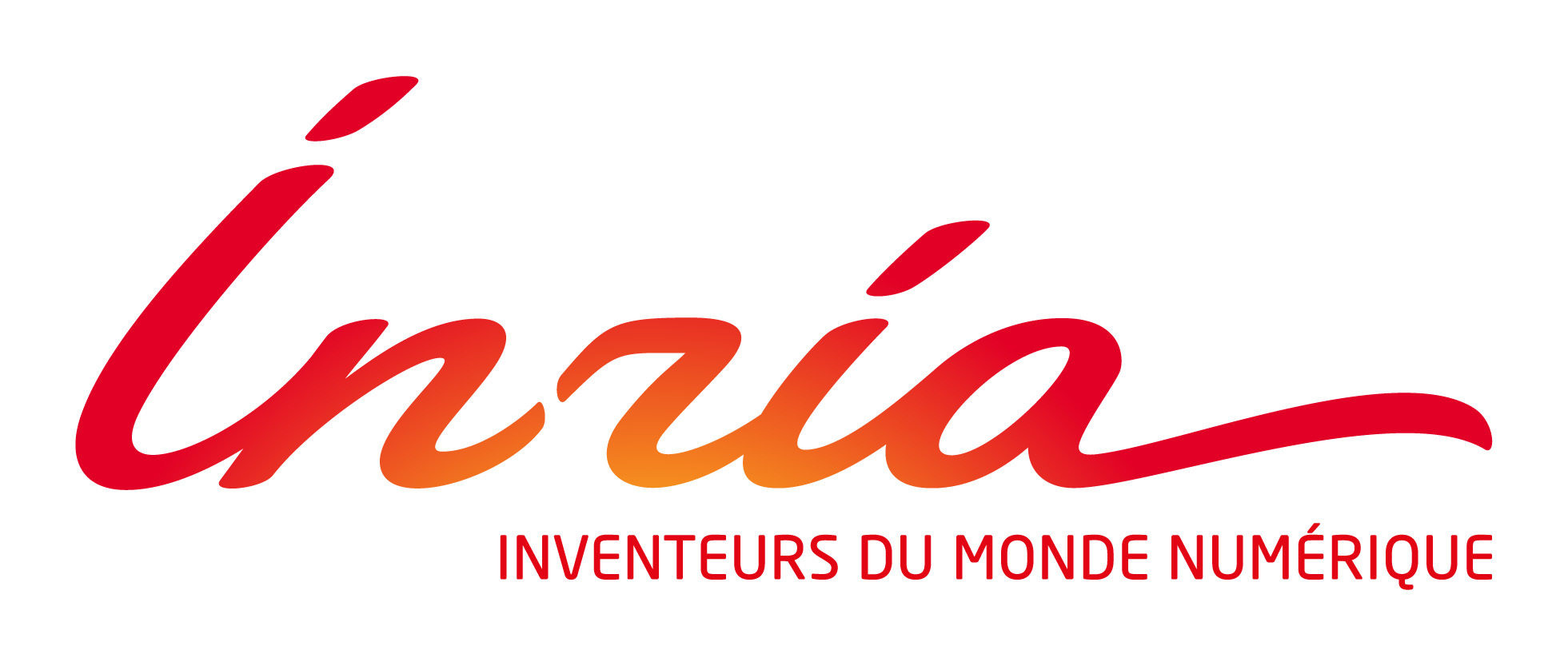

Numerical Model Development
Project development
History
Technical aspects
Technology


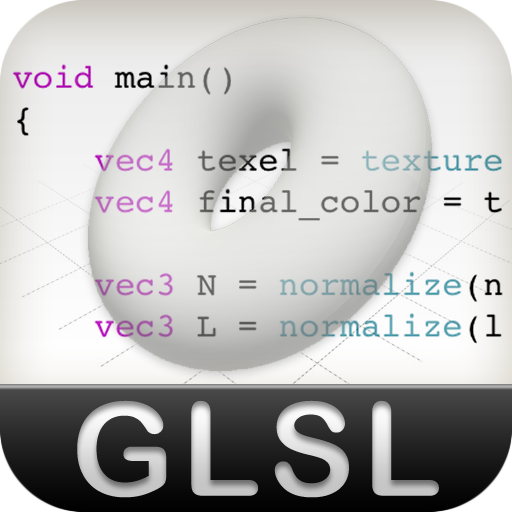
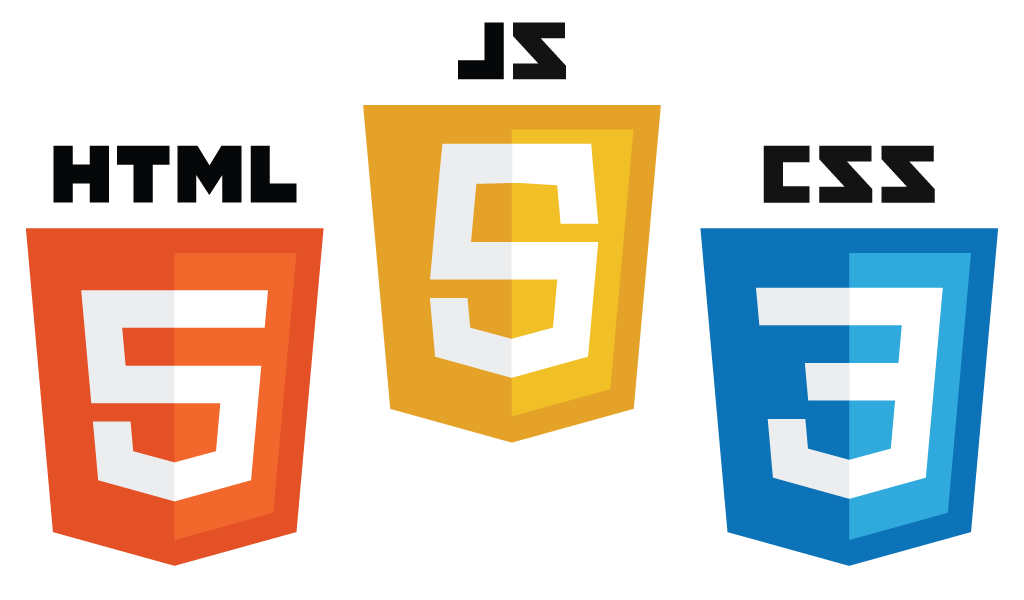



Core
Interface
Display
Numerical Modelling
- Linear Shallow Water Equations in spherical coordinates
- Okada's dislocation model formulas (1985) for initial condition
- Staggered Leapfrog Finite Difference scheme of COMCOT model (Cornell Univ.)
- Scale relations for length-width-slip estimation of rupture plane (Meyers, 2009)
\log L = 0.5 M - 1.8
\log D = 0.5M - 3.3
W = L/2
Data acquisition
- Fault parameters for historical scenarios obtained directly from the USGS (API) in GeoJSON format
- GEBCO 1 min resolution bathymetry compressed in JPEG format: from 466 MB to 303KB

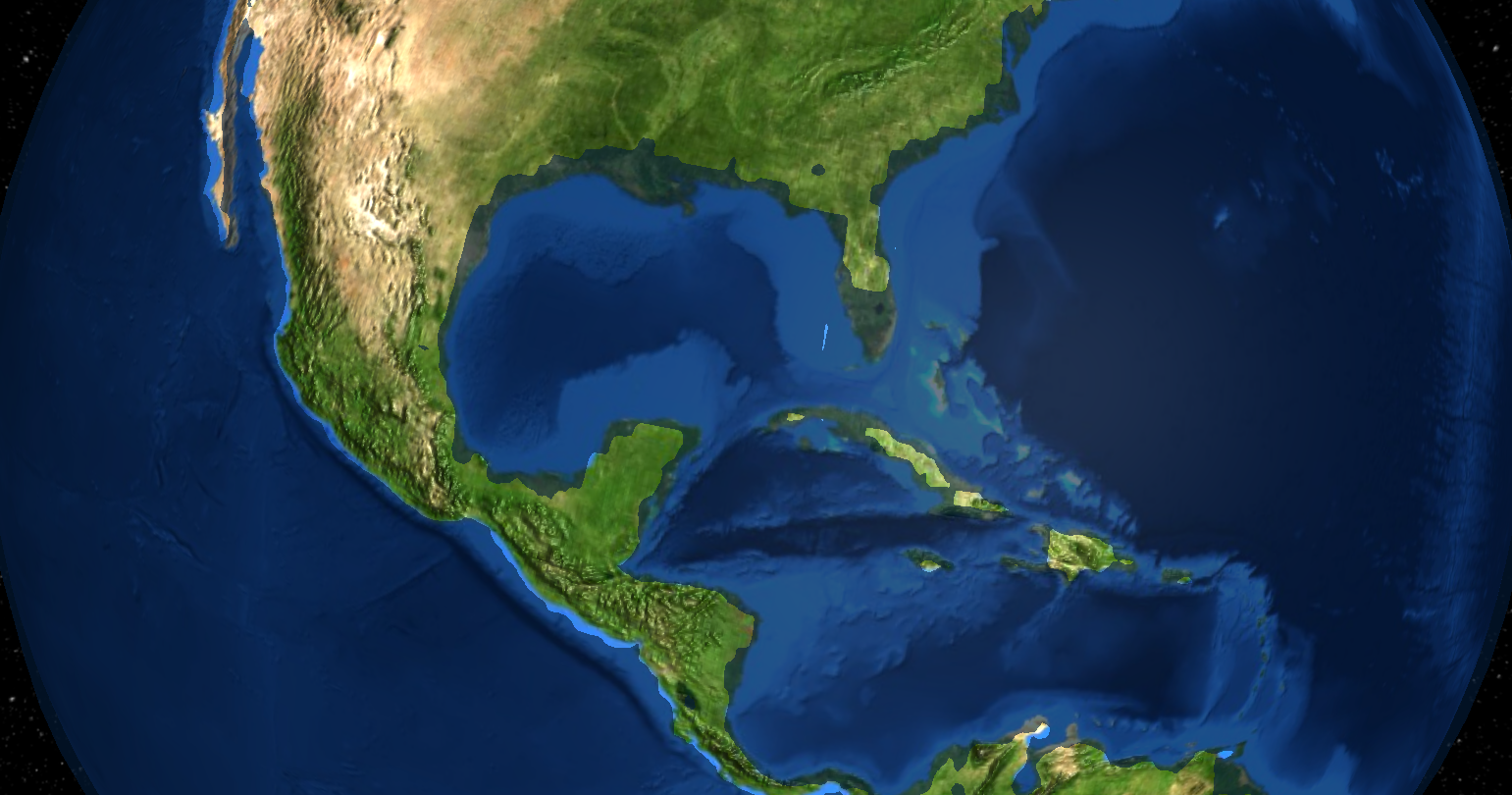
Current configuration
- Resolution of 21 arc-min
- Only loads historical events above 8.0 Mw
Outreach & (social) media
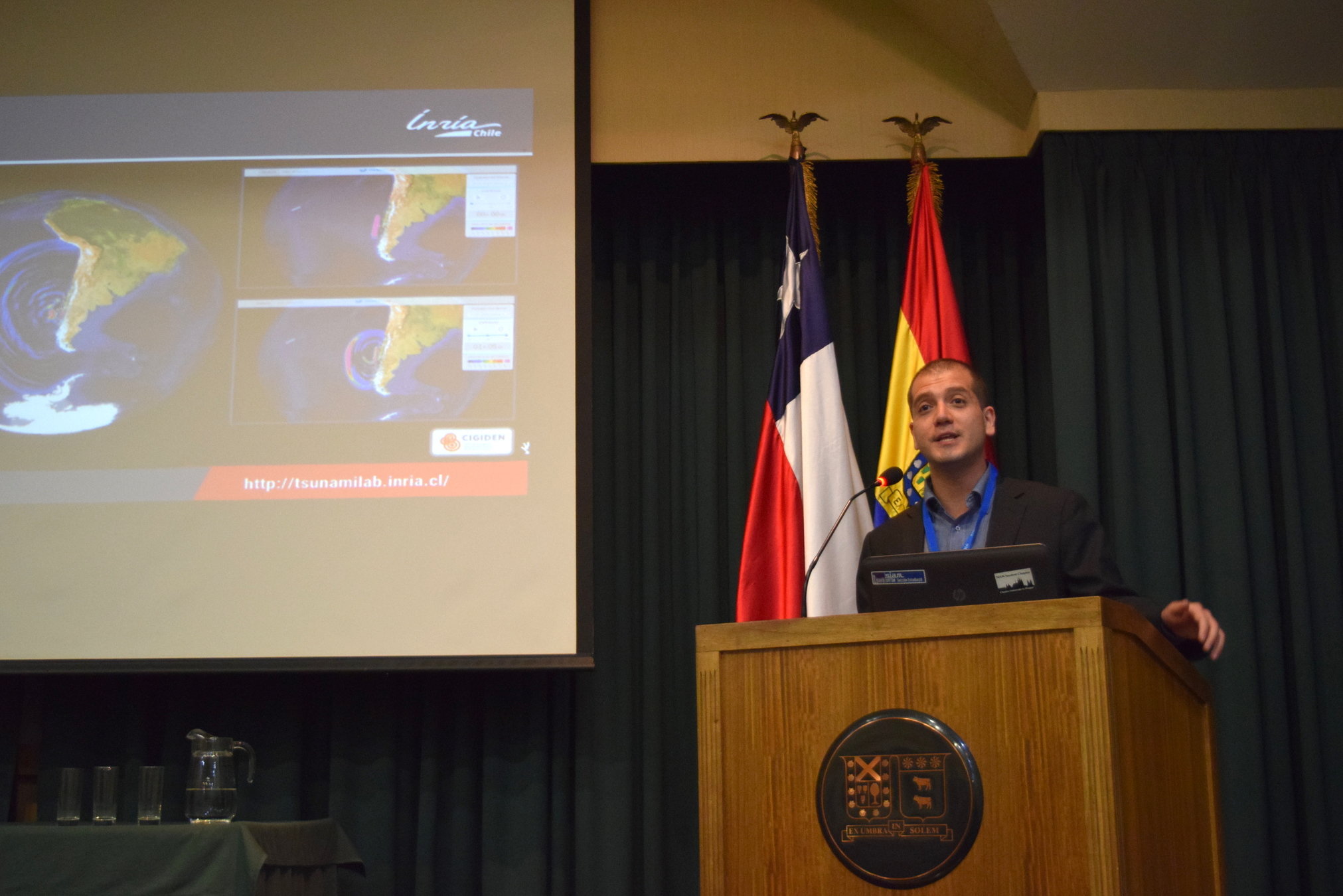

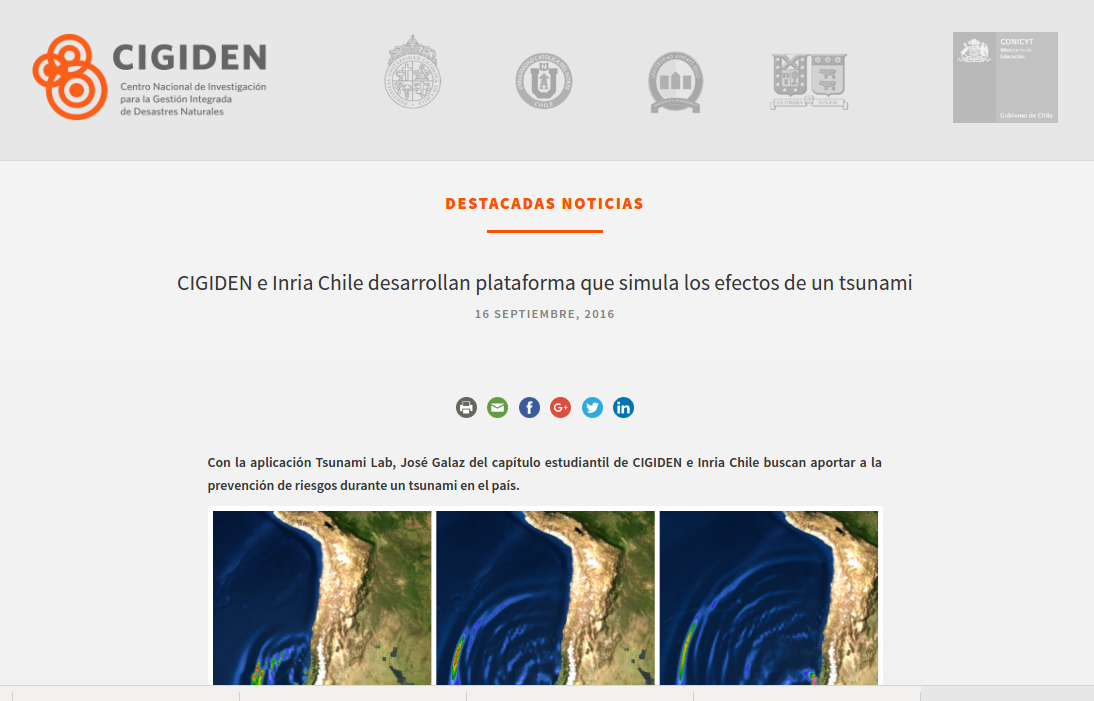
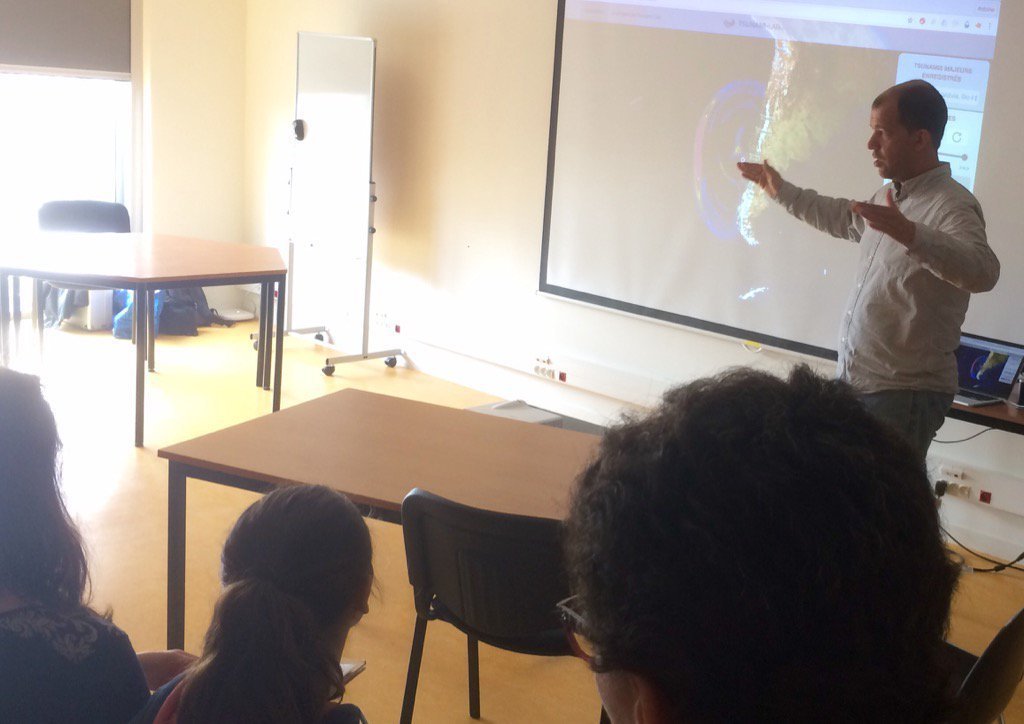
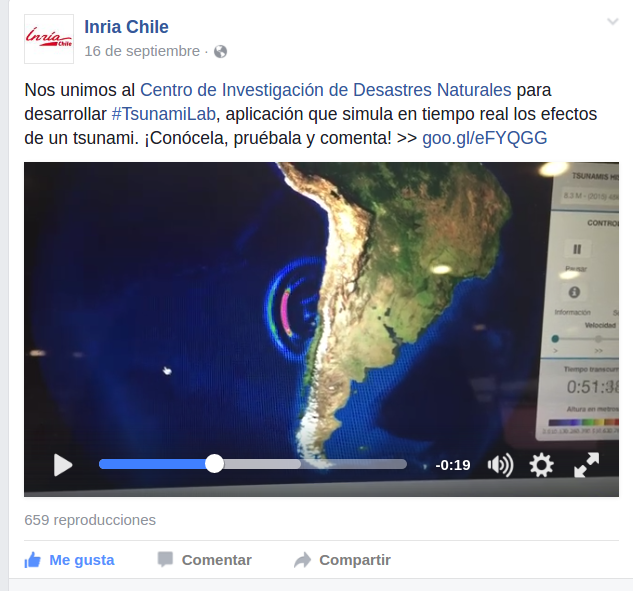
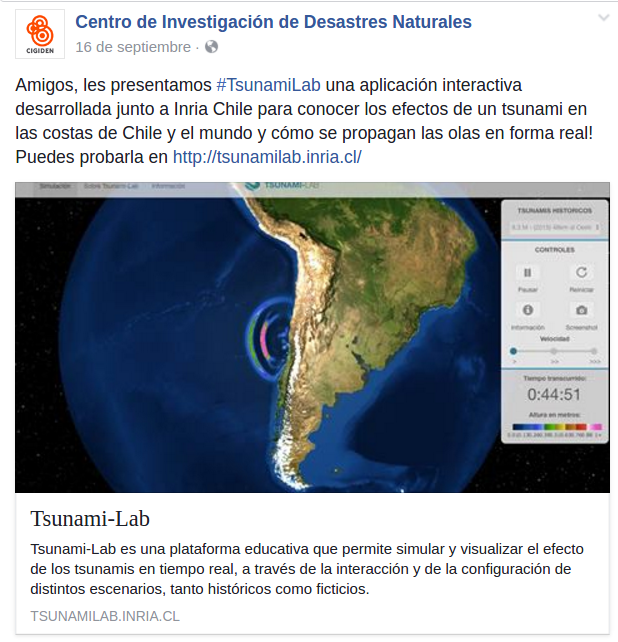
Current/future work
- Improve user experience: teachers / students
- Discover new uses
- Discover new partnerships
- Be part of related events (conferences, seminars, competitions, etc)
- Implement more features
- ... and more!
Thank you!
Text
http://tsunamilab.inria.cl
Tsunamilab
By José Galaz
Tsunamilab
- 714



